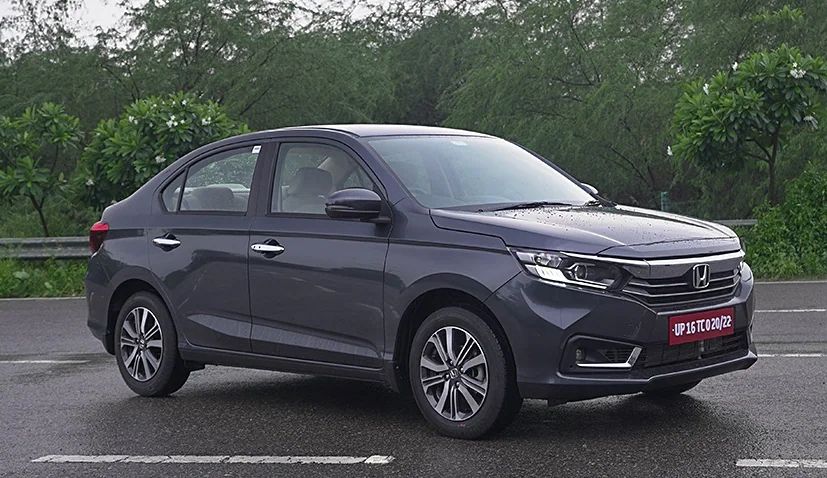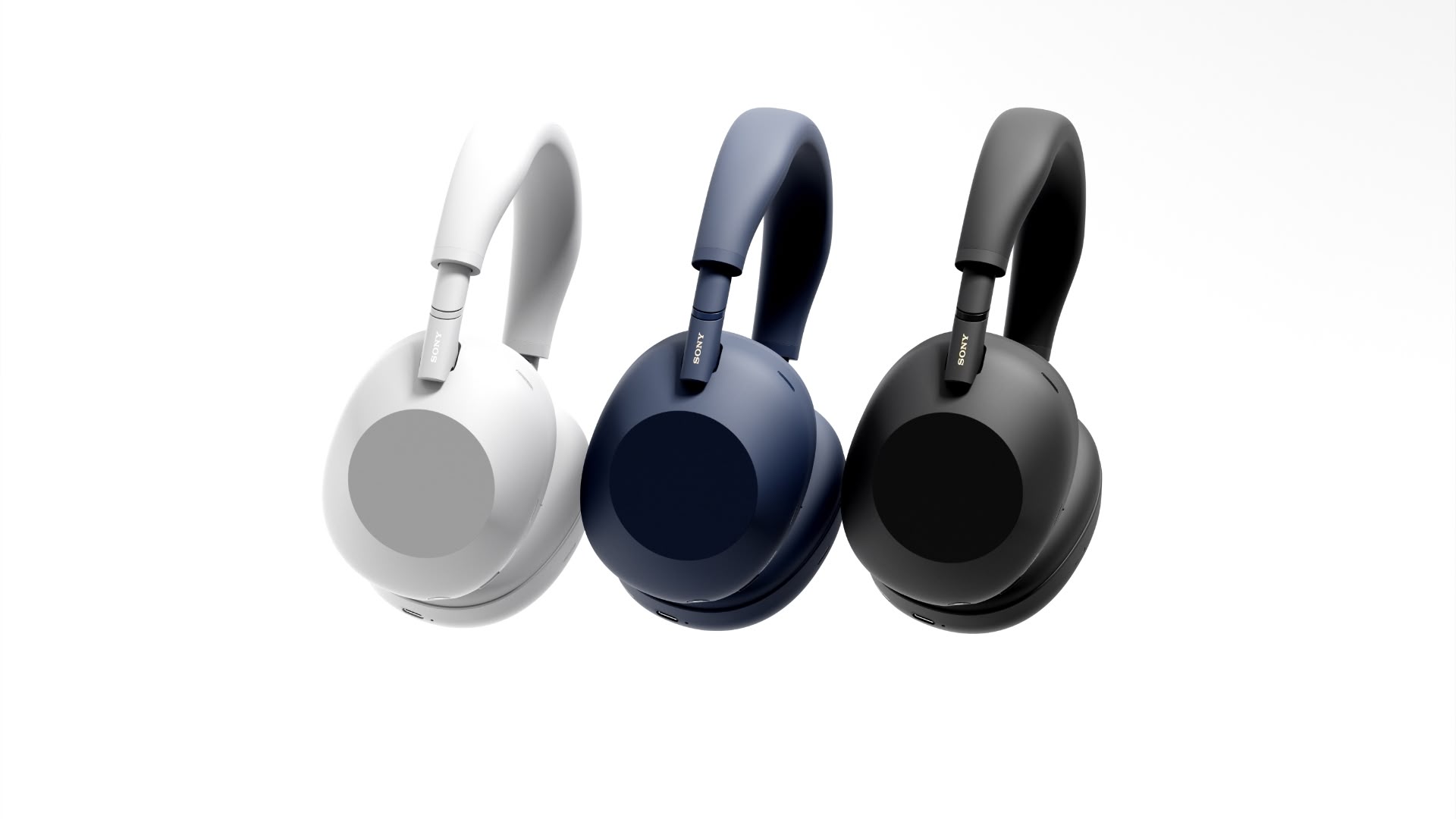Google Pixel 8, Pixel 8 Pro may support external displays via USB-C port
The upcoming Google phones — Pixel 8 and Pixel 8 Pro — will likely offer support for external displays. As the company looks to finesse Pixel phones with each generation, this year’s models may come with DisplayPort functionality on their USB-C port, allowing users to connect external displays and turn their phone into a sort of desktop replacement.
Android Authority has reported that Google is planning to expand the functionality of USB-C ports on Pixel phones this year. And the ability to connect external displays to Pixel phones is nothing but one of the properties of USB-C ports in general. The ports can transmit high amounts of data through connectors, which are up to 12 in total. This default property allows USB-C ports to be used for Thunderbolt and DisplayPort standards for transmitting data from one device to another. A highly efficient USB-C port on a smartphone makes it compatible with these technologies, given there is proper software support.
Google’s code base, which folks at Android Authority dug into, found references to DisplayPort functionality coming soon on the company’s phones. Since Pixel 8 series is likely the next one in Google’s phone family, support for external displays will likely be available on the upcoming phones.
For years, Samsung has offered support for external displays on its Galaxy smartphones through its proprietary software optimisation called Samsung DeX. Once connected, your phone turns into a trimmed-down desktop, which lets you work on documents, browse the internet, watch content, and then some. Not just Samsung, there are other brands offering the same functionality, as well. Motorola was the first one to begin offering a mode like this. Later, Microsoft and Nokia implemented the functionality in Lumia phones, although they used Windows Phone OS.
Google is also likely looking to give Pixel users a similar functionality, but that would also mean the company will have to make certain tweaks to the Pixel software for external displays.
The Pixel 8 is already in the rumour mill where most of its specifications have come out. Rumours are rife that the standard model in Google’s upcoming series will use a custom Tensor G3 processor and feature a 50MP rear camera. The Pixel 8 Pro, on the other hand, will come with a 64MP rear camera, but it will use the same processor. The higher variant is also expected to come with a 6.7-inch display and a 5100mAh battery.
The post Google Pixel 8, Pixel 8 Pro may support external displays via USB-C port appeared first on Techlusive.

The upcoming Google phones — Pixel 8 and Pixel 8 Pro — will likely offer support for external displays. As the company looks to finesse Pixel phones with each generation, this year’s models may come with DisplayPort functionality on their USB-C port, allowing users to connect external displays and turn their phone into a sort of desktop replacement.
Android Authority has reported that Google is planning to expand the functionality of USB-C ports on Pixel phones this year. And the ability to connect external displays to Pixel phones is nothing but one of the properties of USB-C ports in general. The ports can transmit high amounts of data through connectors, which are up to 12 in total. This default property allows USB-C ports to be used for Thunderbolt and DisplayPort standards for transmitting data from one device to another. A highly efficient USB-C port on a smartphone makes it compatible with these technologies, given there is proper software support.
Google’s code base, which folks at Android Authority dug into, found references to DisplayPort functionality coming soon on the company’s phones. Since Pixel 8 series is likely the next one in Google’s phone family, support for external displays will likely be available on the upcoming phones.
For years, Samsung has offered support for external displays on its Galaxy smartphones through its proprietary software optimisation called Samsung DeX. Once connected, your phone turns into a trimmed-down desktop, which lets you work on documents, browse the internet, watch content, and then some. Not just Samsung, there are other brands offering the same functionality, as well. Motorola was the first one to begin offering a mode like this. Later, Microsoft and Nokia implemented the functionality in Lumia phones, although they used Windows Phone OS.
Google is also likely looking to give Pixel users a similar functionality, but that would also mean the company will have to make certain tweaks to the Pixel software for external displays.
The Pixel 8 is already in the rumour mill where most of its specifications have come out. Rumours are rife that the standard model in Google’s upcoming series will use a custom Tensor G3 processor and feature a 50MP rear camera. The Pixel 8 Pro, on the other hand, will come with a 64MP rear camera, but it will use the same processor. The higher variant is also expected to come with a 6.7-inch display and a 5100mAh battery.
The post Google Pixel 8, Pixel 8 Pro may support external displays via USB-C port appeared first on Techlusive.




